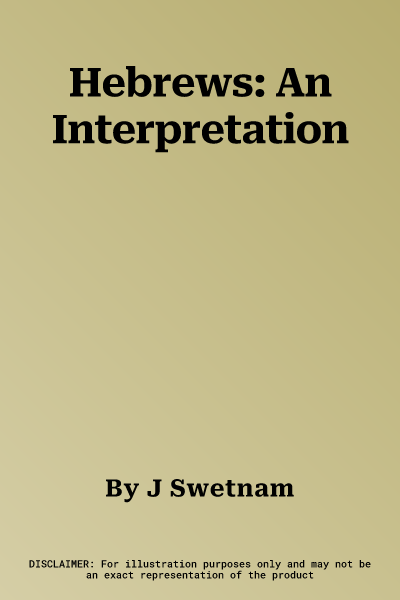J Swetnam
(Author)Hebrews: An InterpretationPaperback, 26 February 2016

Qty
1
Turbo
Ships in 2 - 3 days
Only 5 left
Free Delivery
Cash on Delivery
15 Days
Free Returns
Secure Checkout

Print Length
286 pages
Language
English
Publisher
Gregorian & Biblical Press
Date Published
26 Feb 2016
ISBN-10
8876536884
ISBN-13
9788876536885
Description
Product Details
Author:
Book Format:
Paperback
Country of Origin:
US
Date Published:
26 February 2016
Dimensions:
22.1 x
14.73 x
1.52 cm
Genre:
Christian
ISBN-10:
8876536884
ISBN-13:
9788876536885
Language:
English
Location:
Rome
Pages:
286
Publisher:
Weight:
385.55 gm